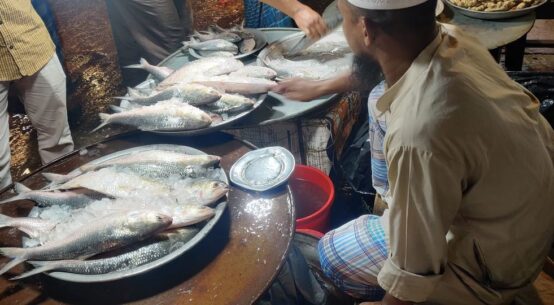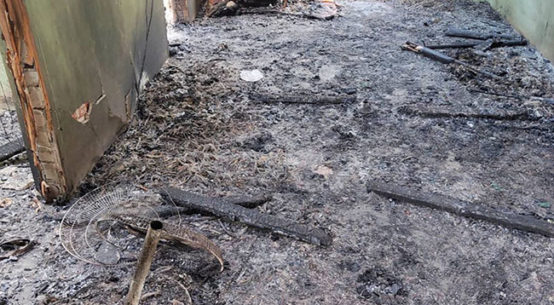
The government has prioritised the development of remote areas such as riverbanks, coastal regions, char, and hilly areas to ensure equal access to facilities like other parts of the country.
“The government is working to provide people of these areas with services of the same standard as those in other regions,” according an official document placed in Parliament.
Under the 8th Five-Year Plan, measures will be taken to improve energy access for marginalized individuals in these remote areas at minimal costs through initiatives by the Bangladesh Academy for Rural Development (BARD).
The focus will be on maximizing the utilization of nuclear and renewable energy sources for power supply in these regions.
During the eighth five-year plan period, BARD will take the initiative to expand its activities by establishing regional academies in Barishal, Chattogram (except hilly areas) and Sylhet divisions to improve the quality of life of the people of coastal, haor, and char areas.
In addition, the government has taken initiatives to establish rural development academies in Jamalpur and Rangpur to ensure sustainable rural development through the spread of various models of rural development and innovative technologies to eradicate poverty.
In response to climate change-related disasters such as salinity, cyclones, flashfloods, and floods in coastal, haor, and char areas, the Ministry of Planning has taken up the task of formulating a Disaster Impact Assessment (DIA) method to implement development programmes in remote areas.
It is to inform stakeholders before planning about possible risks by integrating knowledge and information about disaster-related risks.
In this regard, the Planning Commission has taken the initiative to establish a Digital Risk Information Platform (DRIP) in coordination with the existing initiatives taken to establish Digital Bangladesh, through which disaster impacts the formulation of development projects.
“It will be possible to collect and analyse the necessary data for evaluation,” the document said.
The 8th Five-Year Plan is focusing on implementing optical fiber/microwave-based transmission networks in remote areas where satellite services are unfeasible, it said.
Additionally, efforts are underway to enhance Water, Sanitation, and Hygiene (WASH) infrastructure on flood-prone islands inhabited by marginalised communities lacking basic services.
Various strategies are in place to address water scarcity, including rainwater conservation, arsenic/iron removal from underground sources, and advanced technologies deployment in all remote areas to enhance service quality despite limited resources.
Furthermore, the 8th Five-Year Plan highlights the importance of dam reconstruction, maintenance, and navigability enhancement through smart dredging of major river routes.
It also underscores establishing Char Development Boards and specific livelihood programmes to combat extreme poverty in these regions.
Since 1997, over 8.41 lakh families have received housing and land support, benefiting more than 42.80 lakh individuals. Several social welfare programmes have been initiated, including the ‘Employment for the Poor’ project, which provides 80-day employment to 800,000 individuals annually, particularly in impoverished regions, said the document.
Besides, initiatives have been taken to strengthen the local government structure and allocate necessary funds for carrying out development activities to ensure sustainable socio-economic development in remote areas.
The Local Government (Union Council) (Amendment) Act, 2023 is in progress to make the Union Council Act more modern and service-friendly.
The government is committed to further clarify the division of responsibilities between the Zilla Parishad, Upazila Parishad and Union Parishad, along with continuing the initiative to transfer all the tasks of the central government that can be delegated to the local government institutions


